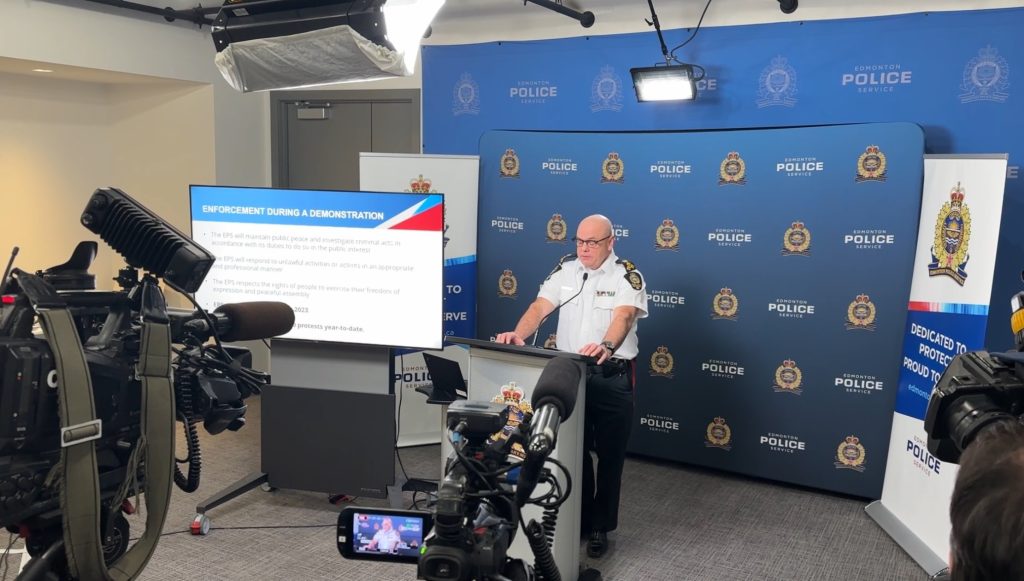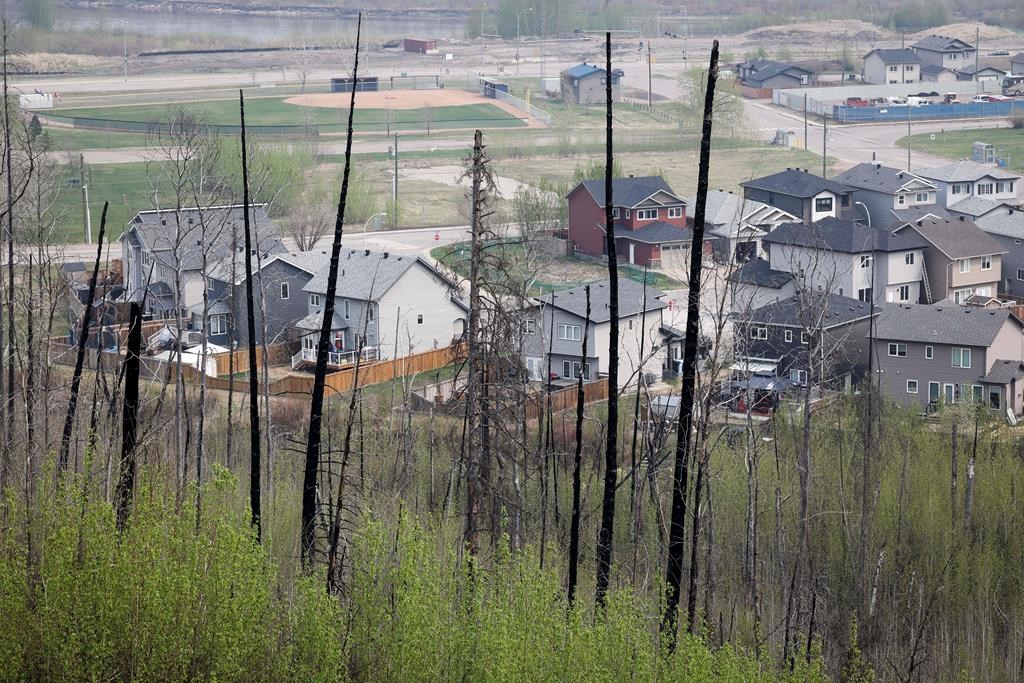Heavy lifting required to fill looming B.C. labour shortage
Posted Sep 30, 2012 4:00 am.
This article is more than 5 years old.
VANCOUVER – Shipbuilding contracts, new liquefied natural gas plants and a booming mining sector are being hailed for keeping British Columbia afloat as worldwide economies falter, but they bring along a topsy-turvy problem.
Jobs are expected to abound here in the next decade, but there won’t be enough trained workers to fill them.
Recognizing a looming labour shortage in industries from construction to natural resources, the provincial government has embarked on a mission to make blue-collar work more attractive.
Those in the field say the B.C. Liberals’ plan is just the start of the heavy lifting needed to build up the necessary manpower.
“There’s no silver bullet to solving the skills shortage, because the demographic issue that we’re all facing … has been creeping up on us and you can’t produce more kids overnight,” said Philip Hochstein, president of the Independent Contractors and Businesses Association of B.C., which represents 85 per cent of construction work done in the province.
“The government’s job is really to set the foundation — having the schooling in place, make sure the technology is current and up to date, and then they should just get out of the way and let the industry do what it does best.”
The government is projecting that among the one million job openings expected by 2020, 43 per cent will require skilled workers. It predicts there will be a gap of 22,000 to 32,000 people in northern B.C. alone.
According to government figures, between 2010 and 2020, the province will require 435,490 technical or skilled workers with a college or trade certificate. That compares to a need for 364,070 professional workers with a university education.
Just under 200,000 workers with a high school diploma will be needed while those without a high school education will find just over 34,000 job openings.
More than a year after the B.C. Liberals unveiled their provincial jobs plan, the premier followed up earlier this month with an additional plan to develop the requisite skills and training to fill the positions.
The range includes heavy-duty equipment technicians, carpenters, commercial transport mechanics, cooks, construction workers, electricians, metal fabricators, industrial mechanics, plumbers and sheet metal workers.
The training strategy strongly emphasizes promoting careers in the trades, with a goal of boosting the number of high school graduates going into technical programs — instead of universities — by 50 per cent, among other initiatives.
Premier Christy Clark said the plan represents a “fundamental change” to how young people are prepared for entering the workforce, though only $75 million has been unveiled as part of this year’s overall $1.9 billion advanced education budget.
The cash will be used to renovate facilities at both Okanagan College in Kelowna and Camosun College in Victoria, as well as fund upgrades to trades-related equipment at several other institutions.
It does not represent any new investment, with some of the funds shifting from other spending areas within the education budget.
More so, the plan revolves around shifting traditional thinking about what professions should be valued by society, said Advanced Education Minister John Yap.
“The shift is this: We need to promote the trades, and where there may have been a view that perhaps a career in trades is not desirable — that couldn’t be further from the truth,” Yap said.
“We’re saying to families you should think about this, our youth should consider the trades as an option for a rewarding career, where they can get well-paying jobs that can meet the needs of communities around B.C.”
Government figures state that currently, research intensive universities receive 55 per cent of all taxpayer-funded operating money, while colleges and institutes receive about 28 per cent.
The Liberals’ plan also includes creating more opportunities for apprenticeships, introducing 15 new jobs coaches, speeding up the certification process and recruiting more foreign temporary workers, among others.
The official opposition calls the Liberals’ plan an “afterthought” in a crucial jobs plan.
NDP skills training critic Gwen O’Mahoney contends the government should focus on making trades training affordable and should put greater efforts into boosting apprenticeship completion rates.
B.C. joins several other provinces whose economies depend on skilled labour, such as oil and agriculture-reliant Alberta and Saskatchewan, with its forests, mines and potash, said Douglas Watt, a research director at the Conference Board of Canada.
“The training that’s going on, investment is both longer term and shorter term (in) vision,” he said. “Most provinces are doing similar efforts to what B.C. is doing.”
That includes tapping into under-utilized groups in society such as immigrants, aboriginal people, women and people with disabilities, he said.
Some of the province’s top research universities say they’re lending a hand too, adapting programs so graduates are more employable, said Jon Driver, vice-president academic at Simon Fraser University.
“I don’t see this as being a threat in any way to other areas or components of the post-secondary system,” he said.
The challenge lies not only in filling the current knowledge gaps but ensuring workers have leading-edge skills as companies constantly innovate their methods.
“We’ve always placed a premium on doctor, dentist, lawyer … but rarely does somebody wake up and say, ‘You know son? I’d really like you to learn how to weld aluminum,'” said Greg D’Avignon, president of the Business Council of B.C.
He said governments seem to have awakened to the new requirements of the labour force starting with the 2008 global recession.
“You don’t change that unless you start to really focus on programs and opportunities and expose kids to it.”










